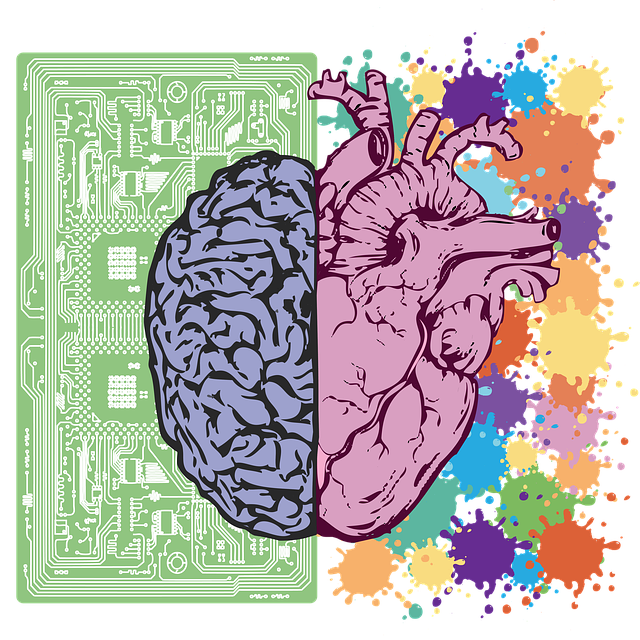IV contrast for CT scans is a powerful tool that enhances image quality by differentiating high-density structures like blood vessels and infected tissues from low-density areas. This process, using injected contrast media, allows radiologists to accurately detect infections, inflammations, abscesses, and other conditions through clearer visualizations. Contrast-enhanced CT scans aid in real-time assessment of infections, improving treatment strategies and patient outcomes. They are widely used for diagnosing pulmonary and abdominal infections, vascular diseases, and tumors, as well as guiding interventions like biopsies. However, potential risks include adverse reactions and renal impairment, necessitating careful consideration and precautions, especially in patients with pre-existing health conditions.
“Contrast-enhanced CT (CECT) has emerged as a powerful tool in medical imaging, revolutionizing the way infections and inflammatory conditions are detected. This advanced technique utilizes intravenous (IV) contrast agents to highlight specific areas of the body, enabling radiologists to identify and diagnose subtle abnormalities with remarkable accuracy. By enhancing visibility, CECT provides crucial insights into underlying pathologies, aiding in early detection and effective treatment planning.”
Understanding IV Contrast for CT Scans: How It Works
IV contrast for CT scans is a crucial tool in enhancing the visualization of internal structures during computed tomography (CT) examinations. When a patient receives an IV injection of contrast media, it allows specific tissues or blood vessels to stand out against the background, providing clearer images. This process works by the contrast agent temporarily altering the density and appearance of body structures, making them more distinct on the CT scan.
The mechanism behind this involves the contrast material’s interaction with X-rays. High-density areas, like blood vessels or infected tissues, will absorb the contrast more than surrounding low-density structures, such as air or fluid. This results in a brighter appearance on the final image, aiding radiologists in detecting anomalies related to infections and inflammations more accurately.
Benefits of Contrast-Enhanced CT in Detecting Infections and Inflammation
Contrast-enhanced CT scans offer significant advantages in identifying infections and inflammatory conditions. The use of an IV contrast agent allows radiologists to visualize blood vessels and tissues more clearly, enhancing detection capabilities. This is particularly beneficial for diagnosing abscesses, pus collections, or widespread inflammation that may not be apparent on standard CT images.
The IV contrast for CT scans provides a dynamic view of the body, enabling doctors to assess the presence and extent of infections in real-time. This early detection can lead to more effective treatment strategies, improved patient outcomes, and reduced need for invasive procedures or surgical interventions. Additionally, contrast-enhanced CT scans can help differentiate between active inflammation and scar tissue from previous infections, aiding in comprehensive disease management.
Common Uses and Applications in Clinical Practice
Contrast-enhanced CT scans using IV contrast have become invaluable tools in clinical practice, offering a wide range of applications. One of the primary uses is to detect and diagnose infections, particularly in the pulmonary and abdominal regions. The ability to visualize blood vessels, tissues, and organs with enhanced contrast provides critical insights into inflammatory processes. For instance, it can highlight areas of pneumonia or abscess formation, aiding in the early detection of infections that might otherwise go unnoticed through standard imaging techniques.
In clinical settings, this technology is also employed to assess vascular diseases, identify tumors, and monitor their response to treatment. The contrast agent improves the visibility of blood vessels, making it easier to detect anomalies like blockages or enlarged vessels associated with inflammatory conditions. Moreover, it assists in planning and guiding interventions, such as biopsies or drainages, ensuring more precise and effective treatments for various pathologies.
Potential Risks, Side Effects, and Considerations for Use
While Contrast-enhanced CT (CECT) offers valuable insights in detecting infections and inflammation, it’s crucial to be aware of potential risks and side effects associated with IV contrast for CT scans. Common adverse reactions include allergic responses, which can range from mild skin rashes to severe anaphylaxis. Renal impairment is another consideration, especially in patients with pre-existing kidney conditions, as the contrast media can further affect kidney function. Additionally, overhydration or dehydration may be required prior to the scan to prevent or manage contrast-induced nephropathy (CIN).
Other factors to consider include the overall health of the patient, recent surgeries or procedures, and medication interactions. Pregnant or breastfeeding women should also consult their physicians before undergoing CECT. Despite these risks, healthcare providers carefully weigh the benefits against the potential harm, especially in critical cases where timely diagnosis is essential for effective treatment of infections and inflammation.
Contrast-enhanced CT scans using IV contrast agents offer significant advantages in detecting infections and inflammatory conditions, providing clearer images for accurate diagnoses. This advanced imaging technique has become a valuable tool in clinical practice, aiding healthcare professionals in their ability to identify and manage various medical states. However, as with any procedure involving contrast media, it’s crucial to balance the benefits against potential risks and carefully consider patient suitability. Understanding the mechanisms and applications of IV contrast for CT scans empowers medical experts to utilise this technology effectively while ensuring patient safety.
